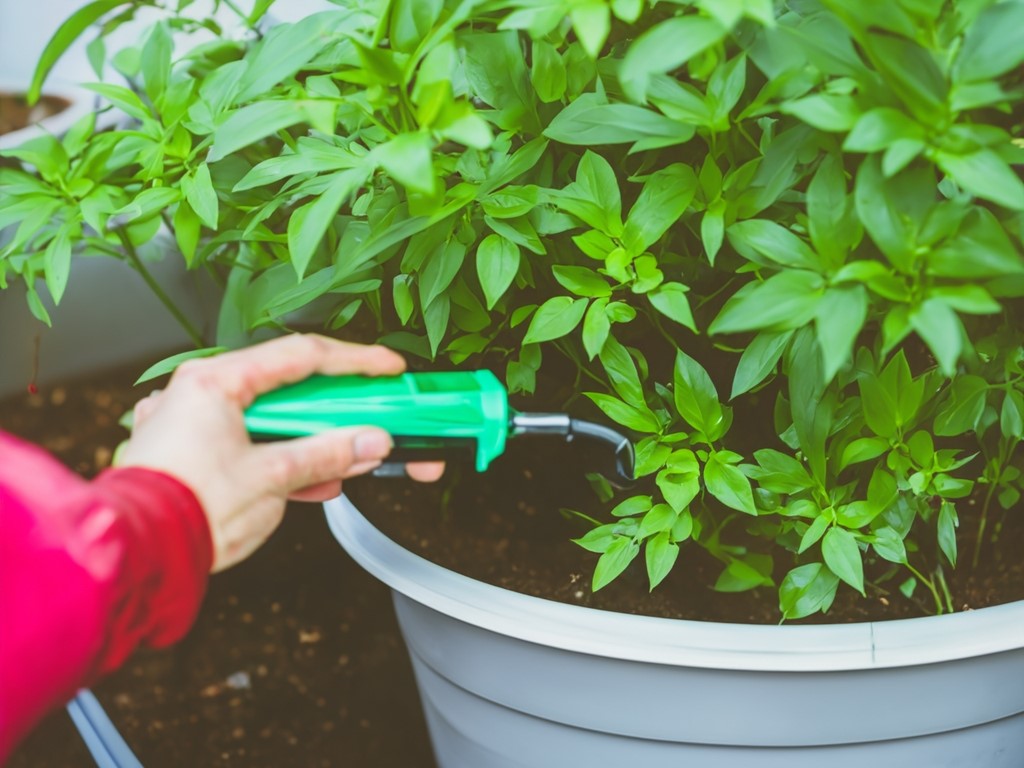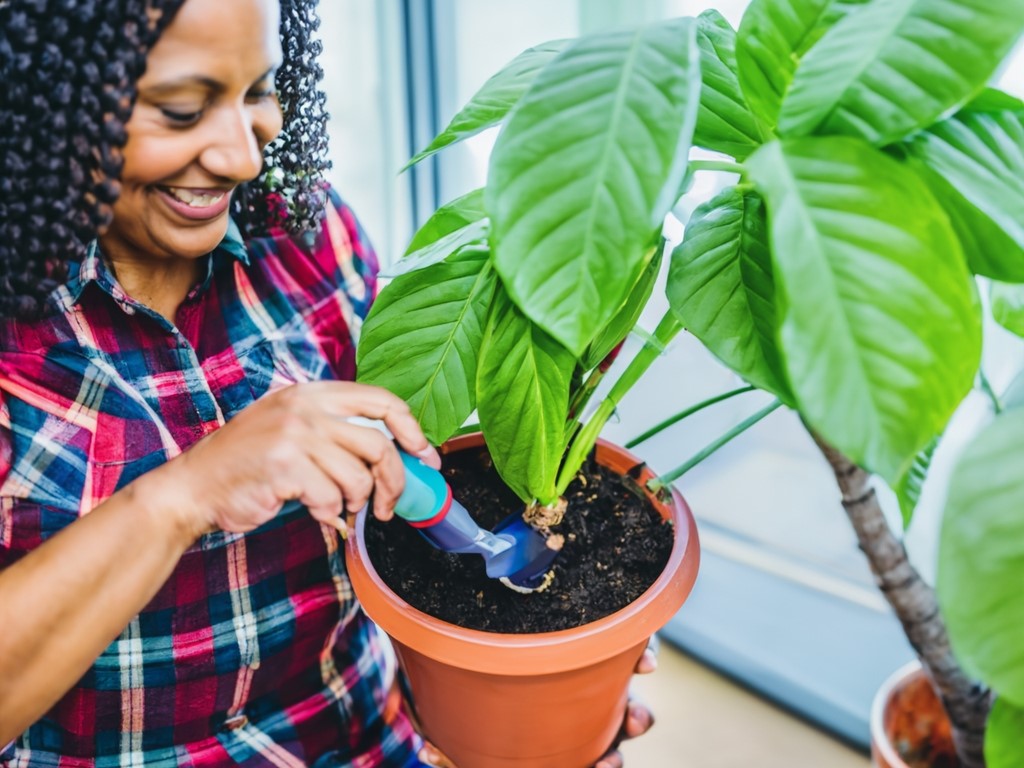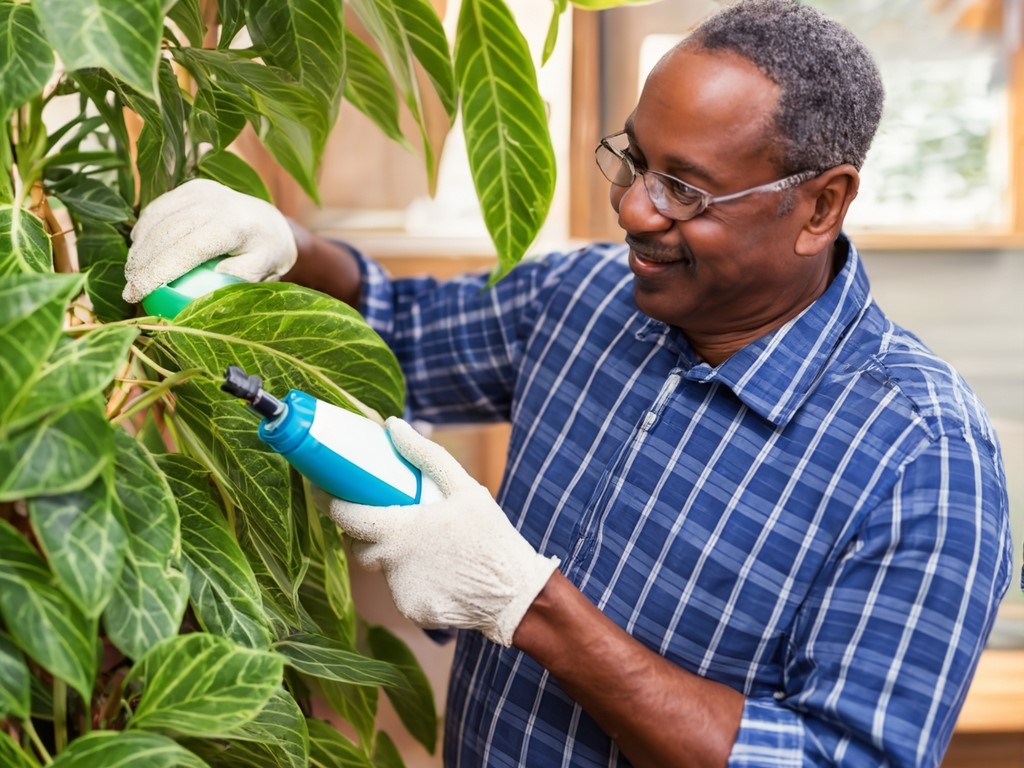
Indoor plants add life and vibrancy to our homes, but they also attract pests that threaten their well-being. Embracing organic pest control methods is key to maintaining a healthy indoor garden without resorting to harsh chemicals. Understanding that organic pest control is safer for your plants and home, you will be able to treat common indoor plant pests without chemical pesticides.
Organic solutions offer several benefits over chemical pesticides. They’re a safer choice for your living space, reducing exposure to toxic substances. You can probably make them at home with ingredients you already have, making them an economical and sustainable option. Moreover, they typically target specific pests without disrupting beneficial insects or plants. By adopting organic pest control, you’re supporting a healthier ecosystem within your home.
Effective Organic Sprays for Indoor Plant Protection

Finding the right spray to protect your indoor plants can seem overwhelming with so many options out there. But when you’re aiming for organic solutions, it’s all about the ingredients you choose. Natural sprays like neem oil, garlic water, or even a simple soap-water mix can work wonders against those annoying bugs.
Neem oil stands out as a natural powerhouse for pest control. It disrupts the life cycle of many insects, keeping them from settling on your plants. Neem oil and soap sprays can help control pests—especially useful when you’re repotting, as in our guide on when to repot orchids. Mixing a few drops of neem oil with water and a touch of dish soap creates a potent spray. It’s like an invisible shield for your plants.
Garlic and water can be another surprising solution. Just blend a few cloves of garlic with water and a dash of pepper. Let it steep, strain, and you have a spray that’s unpalatable to pests but harmless to plants. It’s a great way to keep those bugs at bay without any harmful residues.
Baking soda and water is another natural spray for pest control. It is effective for not only bugs, it also adds essential nutrients, balances pH levels, and promotes healthy growth of roots. Just mix 1 tablespoon with half a gallon of water.
Crafting your own organic sprays can feel quite empowering, giving you direct control over what touches your plants. Plus, these sprays are budget-friendly and free from the harsh chemicals found in store-bought solutions. It’s about keeping your plants thriving while maintaining a healthy home environment for everyone.
Prevention Tactics: Keeping Pests at Bay in Your Indoor Garden

Prevention plays an important role in any pest control strategy. It’s easier to stop pests from getting comfy in your home than it is to deal with an infestation later on.
Healthy soil, proper hydration, and humidity control set the stage for a pest-resistant indoor garden—just as in growing herbs indoors, where prevention is always better than treatment. Regularly check your plants for any signs of trouble like discolored leaves or sluggish growth. Address any issues quickly to keep your plants in tip top shape.
Dust, debris, and standing water are like welcome mats for pests. Keep your indoor garden area clean and be mindful of how much water your plants sit in after watering—pests love damp spots!
Think about the location. Placing plants in areas with good air circulation helps deter pests. Group plants with similar needs together but avoid crowding to reduce the chance of pests spreading quickly.
Consider using companion planting, even indoors. Certain plants can help repel pests naturally. Herbs like basil and mint not only work as pest deterrents but also add extra flavor to your meals.
Homemade Insecticides: A DIY Approach to Pest Control

Creating your own insecticides at home offers great control over the ingredients you use to protect your plants. Many popular recipes call for ingredients you probably have around the house, like dish soap, water, and cooking oil. Apply these mixtures where you see evidence of pest activity.
A basic soap spray is a tried-and-true method. Mix a tablespoon of dish soap into a quart of water, and you’ve got a powerful bug fighting solution. This mixture works by breaking down the protective layers of insects, causing them to dehydrate without harming most plants.
Another effective recipe involves cooking oil and mild soap, creating a spray that suffocates pests like aphids, thrips, and mites. Simply combine a cup of vegetable oil with a tablespoon of dish soap. When ready to apply, mix one teaspoon of this mixture in a cup of water, shake well, and spray thoroughly on affected plant areas.
For gardeners seeking something a bit stronger, mixing a tablespoon of alcohol with water and soap can deal with more stubborn bugs. It’s important to test this on a small part of your plant first to ensure there’s no sensitivity or damage.
Homemade insecticides offer a safe, customizable, and cost-effective alternative to commercial products, reducing concerns over harsh chemicals. They keep your green friends vibrant while maintaining a healthy living space.
Tip: When spraying plants for pest control, give special attention to the areas under the leaves and to the stems. These are places where pests hide and multiply.

This blog offers a treasure trove of effective organic pest control solutions for indoor plants, making it a must-read for plant enthusiasts. I found the natural remedies highlighted, such as neem oil and Garlic/water mix, to be incredibly useful when I dealt with aphids on my indoor roses. The straightforward instructions and tips for prevention are easy to follow, ensuring the health of plants without harmful chemicals.
Nikki, thank you for your comments; I’m glad you found my blog informative. Like you said, it’s so much better for the plants, animals, and humans to use organic pest control and fertilizers. They are so much better all around, and it’s a great thing that they are also really effective.